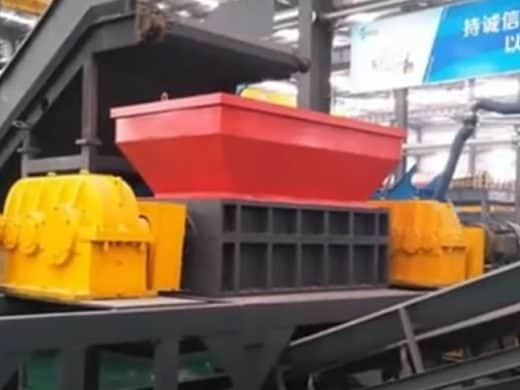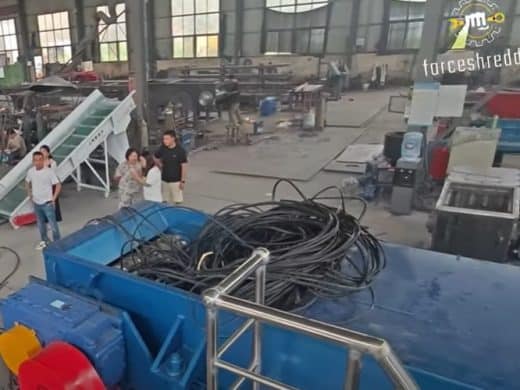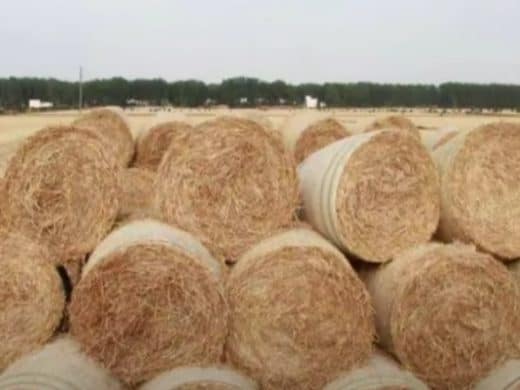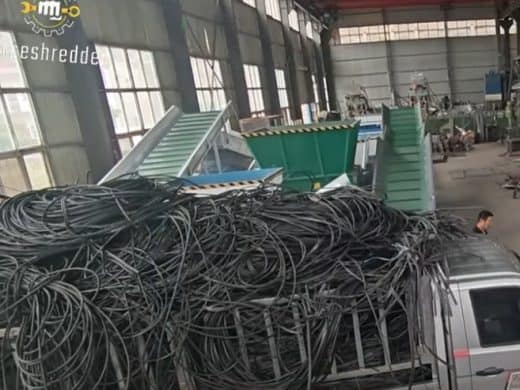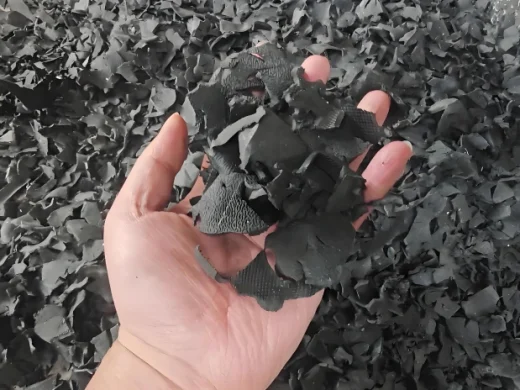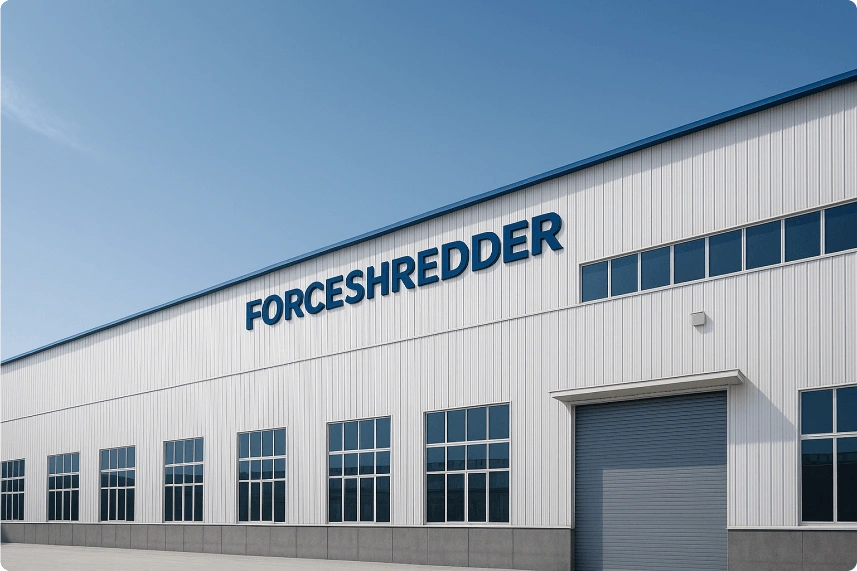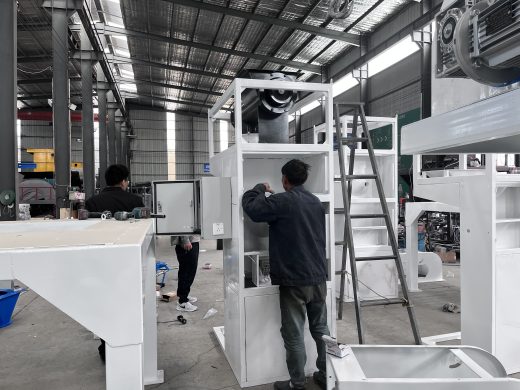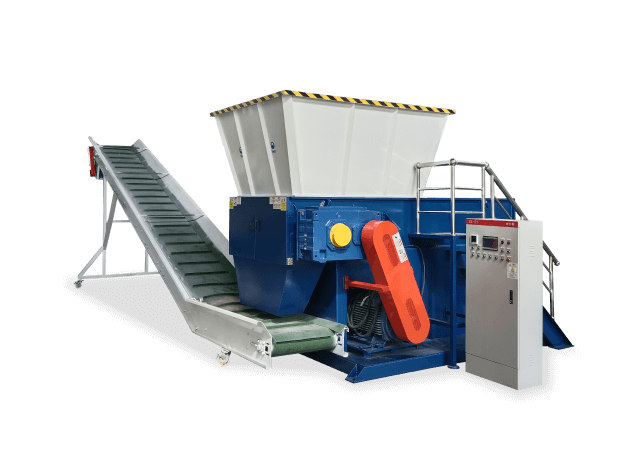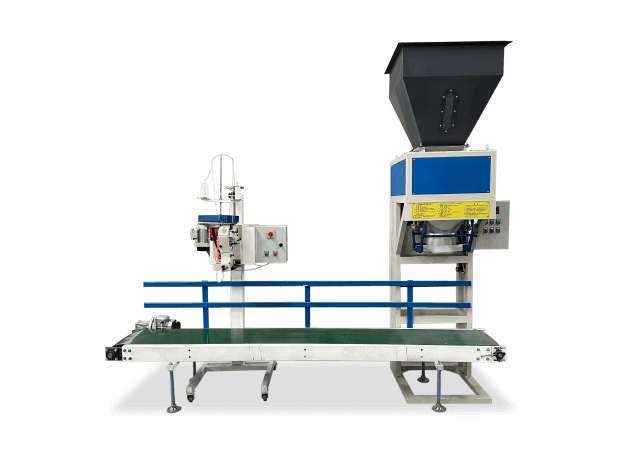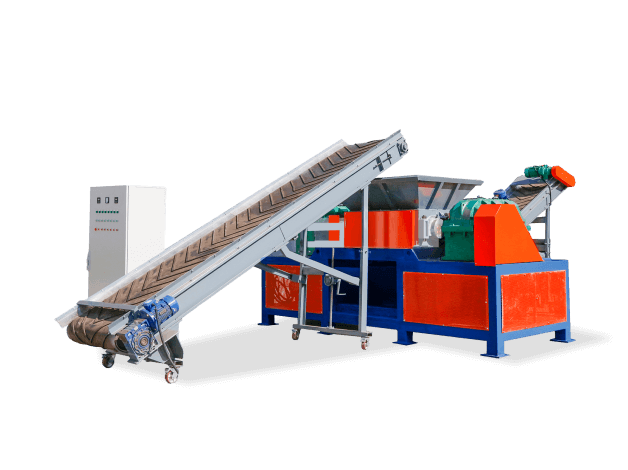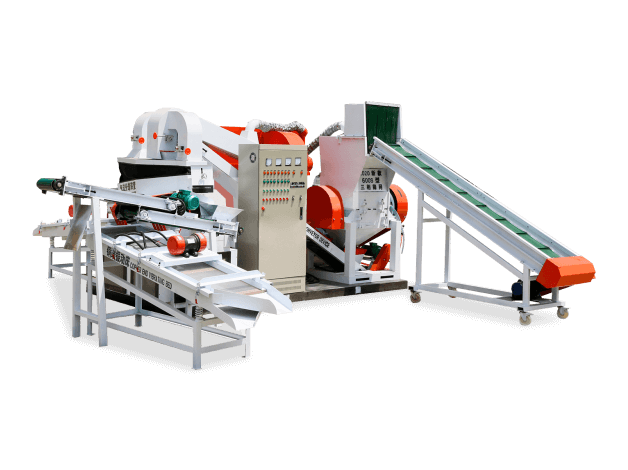Introduction
Electronic waste (e-waste) is one of the most pressing environmental challenges of our time. With over 53 million metric tons generated globally each year (according to the Global E-Waste Monitor), proper disposal and recycling are critical to reducing pollution and recovering valuable materials.
One of the most effective machines for processing e-waste is the single shaft shredder. Designed for high-performance size reduction, this industrial shredder plays a crucial role in e-waste recycling by breaking down electronics into smaller, manageable pieces for further processing.
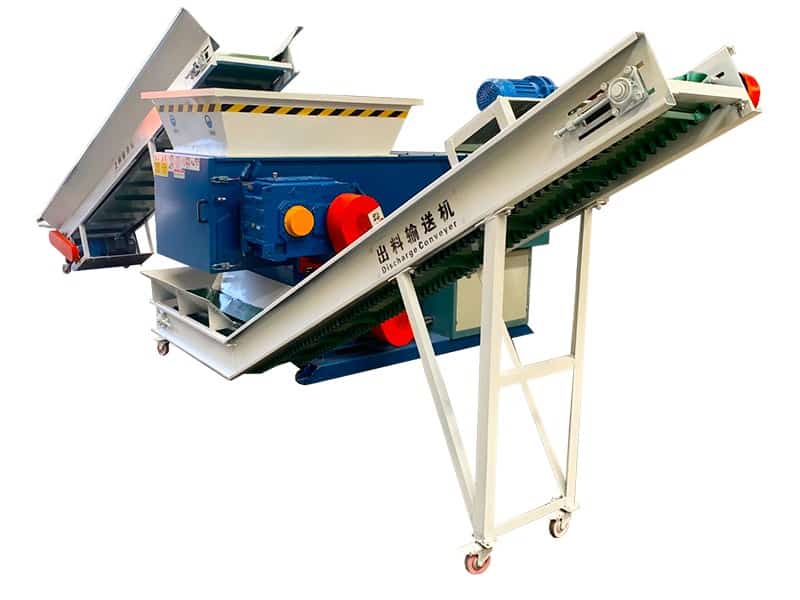
In this comprehensive guide, we will explore:
✅ How single shaft shredders work
✅ Why they are ideal for e-waste recycling
✅ Key benefits over other shredding technologies
✅ Applications in processing different types of e-waste
✅ How to choose the right shredder for your needs
Whether you’re a recycling facility, waste management company, or manufacturer looking to dispose of electronic scrap responsibly, this guide will help you understand how single shaft shredders optimize e-waste processing.
1. What Is a Single Shaft Shredder?
A single shaft shredder is a heavy-duty industrial machine designed to reduce the size of various materials through cutting, tearing, and shearing. Unlike dual-shaft shredders that use interlocking blades, single shaft models rely on a rotating shaft with hardened steel blades that efficiently process materials fed into the hopper.
Key Components of a Single Shaft Shredder:
– Rotating Shaft – The core component with welded or bolted cutting blades.
– Hopper – Where materials are loaded for shredding.
– Screen/Grate – Determines the final output size.
– Drive System – Typically hydraulic or electric motor-driven.
– Control Panel – Allows operators to adjust speed and monitor performance.
How It Works:
1. Feeding – E-waste is loaded into the hopper.
2. Shredding – The rotating shaft with blades cuts and tears materials.
3. Screening – Shredded material passes through a screen for uniform size.
4. Discharge – Processed material is collected for further recycling.
Single shaft shredders are particularly effective for mixed electronic waste, including plastics, metals, and circuit boards, due to their powerful cutting action.
—
2. Why Use a Single Shaft Shredder for E-Waste?
2.1 Efficient Material Size Reduction
E-waste contains a mix of metals, plastics, and hazardous substances. A single shaft shredder breaks down bulky electronics into smaller, more uniform pieces, making downstream separation (e.g., magnetic separation, eddy current) much easier.
2.2 Maximizing Material Recovery
Shredding improves the recovery of valuable metals like:
– Copper (from wires and PCBs)
– Gold & Silver (from circuit boards)
– Aluminum (from casings and heat sinks)
2.3 Volume Reduction for Cost Savings
By shredding e-waste, companies can:
– Reduce storage space
– Lower transportation costs
– Optimize landfill usage
2.4 Secure Data Destruction
For IT equipment like hard drives, smartphones, and servers, shredding ensures complete data destruction, preventing sensitive information from being recovered.
2.5 Environmental & Regulatory Compliance
Many countries have strict e-waste regulations (e.g., WEEE Directive in the EU, EPA rules in the US). Shredding helps companies comply by ensuring proper recycling and preventing hazardous substances (lead, mercury, cadmium) from contaminating landfills.
—
3. Key Applications in E-Waste Recycling
Single shaft shredders can process a wide range of electronic waste, including:
3.1 Printed Circuit Boards (PCBs)
– Shredding PCBs allows for better extraction of precious metals.
– Reduces the risk of toxic material leakage.
3.2 Plastic Casings & Components
– Shreds plastic from monitors, keyboards, and housings for recycling.
– Enables separation from metal components.
3.3 Wires & Cables
– Recovers copper and aluminum by stripping insulation.
– Reduces manual labor in wire processing.
3.4 Batteries (Li-ion, Ni-Cd, Lead-Acid)
– Shredding helps in safe battery recycling.
– Prevents hazardous chemical leaks.
3.5 Hard Drives & Data-Bearing Devices
– Ensures complete destruction of data storage devices.
– Complies with HIPAA, GDPR, and other data security laws.
4. Single Shaft vs. Dual-Shaft Shredders: Which Is Better for E-Waste?
| Feature | Single Shaft Shredder | Dual-Shaft Shredder |
| Blade Configuration | Single rotating shaft with cutters | Two counter-rotating shafts |
| Material Handling | Best for softer to medium-hard materials | Better for very tough materials |
| Output Control | Adjustable screen size | Typically no screen, relies on blade gap |
| Energy Efficiency | Lower power consumption | Higher power demand |
| Maintenance | Easier blade replacement | More complex maintenance |
Best Choice for E-Waste?
– Single shaft shredders are ideal for most e-waste due to their precision cutting, lower energy use, and easier maintenance.
– Dual-shaft shredders may be needed for extremely hard or bulky metals but are often overkill for standard electronics.
—
5. How to Choose the Right Single Shaft Shredder for E-Waste
5.1 Motor Power & Throughput Capacity
– Small-scale recycling: 10-30 HP motors
– Industrial operations: 50-200+ HP for high-volume processing
5.2 Blade Material & Durability
– Hardened steel or tungsten carbide blades resist wear from metals.
– Replaceable blades reduce long-term costs.
5.3 Output Size & Screen Options
– Adjustable screens (10mm to 50mm) control shredded particle size.
– Fine shredding is better for metal recovery.
5.4 Safety Features
– Emergency stop buttons
– Overload protection
– Dust suppression systems (for hazardous particles)
5.5 Maintenance & Serviceability
– Easy access to blades for sharpening/replacement.
– Automated lubrication systems extend machine life.
—
6. The Future of E-Waste Recycling with Single Shaft Shredders
As e-waste volumes continue to rise, shredding technology is evolving with:
– AI-powered sorting for better material separation.
– Energy-efficient motors reducing operational costs.
– Smart monitoring systems predicting maintenance needs.
Companies investing in single shaft shredders today will be better positioned to meet future recycling demands while contributing to a circular economy.
—
Conclusion
A single shaft shredder is an essential machine for efficient e-waste recycling, offering:
✔ High-performance shredding for mixed electronics
✔ Maximized material recovery (metals, plastics)
✔ Secure data destruction for compliance
✔ Lower operational costs through volume reduction
For businesses handling e-waste, choosing the right shredder improves sustainability, profitability, and regulatory compliance.
Need help selecting a shredder? Contact us for expert advice on the best single shaft shredder for your e-waste recycling needs!


